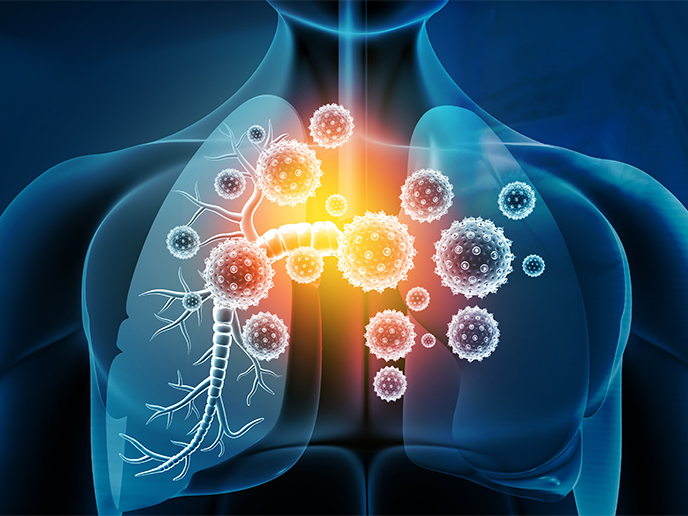Estonian genome research centre becomes regional leader
Ever since Estonia joined the EU in 2004, the country has been working hard to raise its scientific level of excellence on several fronts. One of these is in the area of genomics, reflecting a vision recently realised through the reinforcement of the Estonian Genome Center (EGC) of the University of Tartu in Estonia. The EU-funded project 'Opening Estonian genome project for European research area' (OPENGENE) contributed significantly to upgrading the EGC and integrating it into the European Research Area (ERA). Although the EGC had built a new genome centre with a large biobank, it had few leading scientists, an outdated technology platform and a lack of links with key European research centres. Against this backdrop, the project conducted an analysis of the strengths and weaknesses of the centre to devise an approach for upgrading the EGC. This involved opening the EGC to the ERA in order to facilitate upgrading of the research infrastructure, improving research capacity, and initiating more European partnerships. To achieve its aim, the project team helped the centre acquire advanced genotyping equipment that would be the first of its kind in Estonia and in the Baltic region. This alone helped increase the research potential and competitiveness within the ERA considerably. Moreover, the project strengthened the institution’s human capital by hiring top-notch scientists from around the world, including from Helsinki in neighbouring Finland, Cambridge in the United States, and Oxford in the United Kingdom. OPENGENE's strategy also included several international workshops on genomics, biobanking and related fields, as well as international conferences on genomics and bioethics, attracting high-profile stakeholders to the country. This fell in line with the project's aim of increasing the visibility of the EGC among scientists, research partners and the Estonian people. Another important benefit for the centre was the increased number of publications and citations it produced since the project began. Many of the achievements and latest updates can be found on its website, complete with a section for gene donors and a section for scientists. Exciting work at the EGC includes sequencing children's genomes to identify disease mechanisms not revealed by other diagnostic methods. It also includes advancing precision medicine in Estonia, which exploits genomic variants for individual disease risk and drug response predictions. The EGC is now a leading centre of excellence in the Baltic region.







